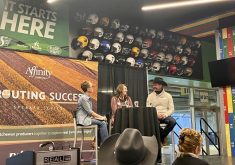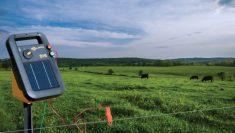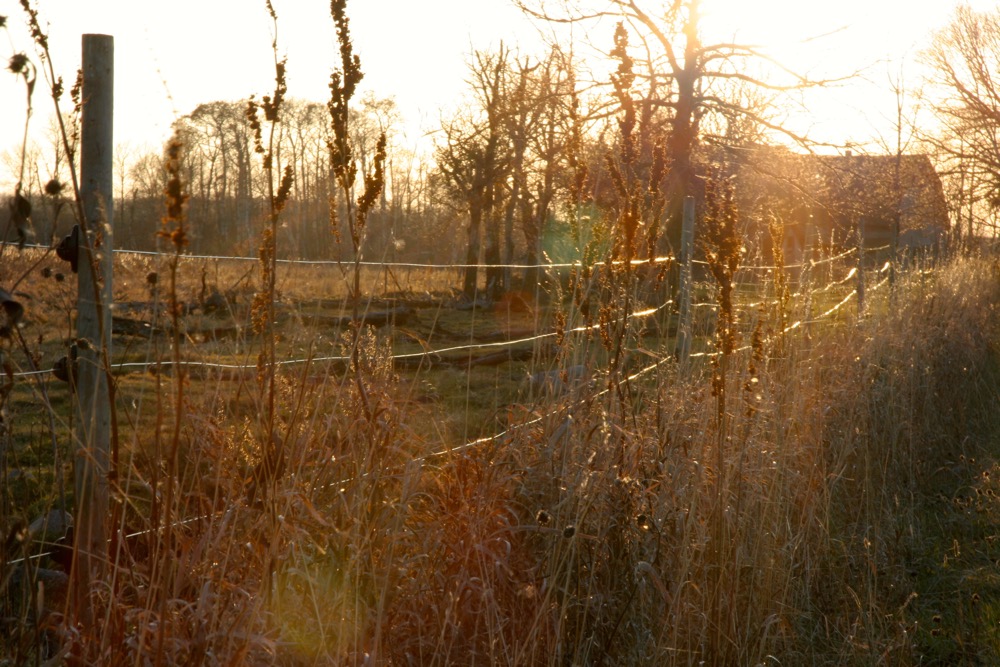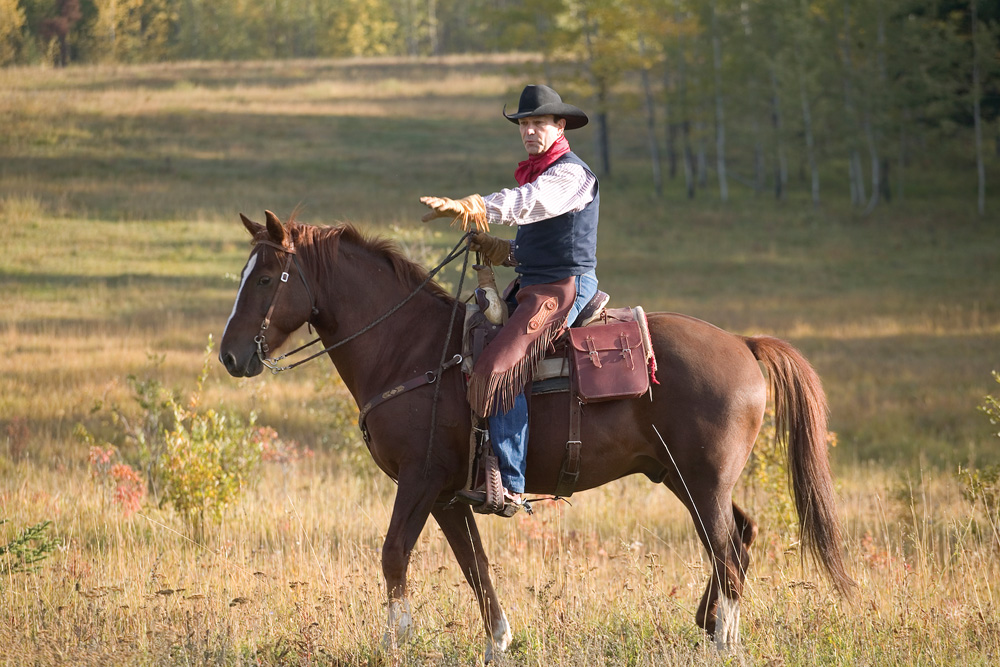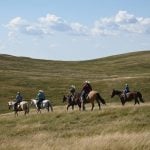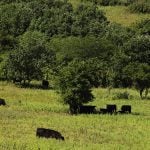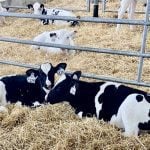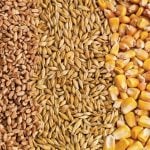Given how time-consuming and expensive fencing can be, it’s little wonder that virtual fencing has piqued the interest of farmers and ranchers in Canada and beyond. But is the juice worth the squeeze? One cattle group in Saskatchewan aims to find out.
Chad MacPherson, the general manager of the Saskatchewan Stock Growers Association (SSGA), says initially when they were approached about virtual fencing by consultants, they were skeptical. However, when a Saskatchewan producer came to the SSGA also inquiring about virtual fencing, they decided to look into it more seriously.
From there, MacPherson got a hold of Andre Bonneau, a range management specialist out of Saskatchewan’s Ministry of Agriculture.
Read Also
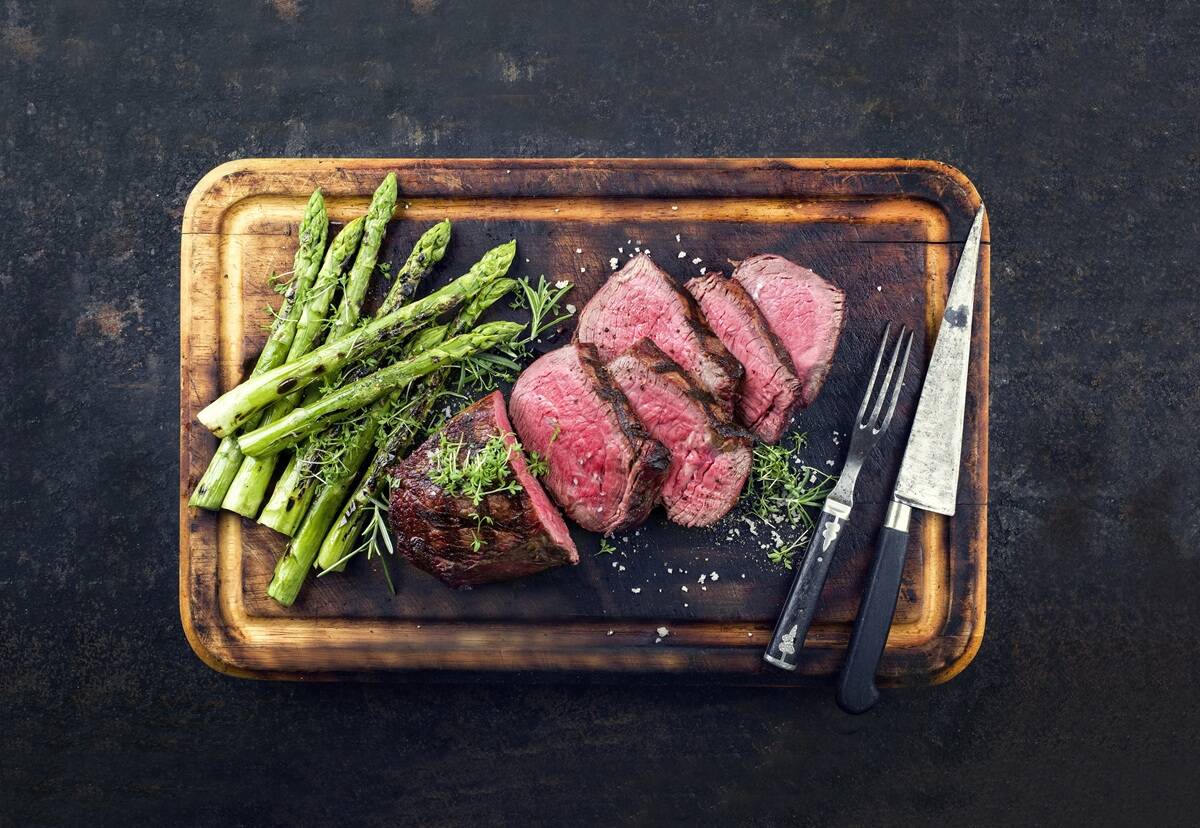
Building demand together: The impact of Canada’s beef import levy
The beef import levy has become a central tool for ensuring balance in Canada’s beef industry
“I was kind of interested in something like this in the past,” Bonneau says. “And the co-operator is in my area, so it was a good, natural fit. So we got some funding together through the Ministry of Agriculture.”
MacPherson says after looking at a few different companies, they decided Vence was the best fit.
“There was a webinar out of Montana that Vence did,” MacPherson says. “And we started having some conversations with them about technology and cost and that seemed somewhat more affordable.”
[RELATED] Testing virtual fencing’s potential in B.C.
A Vence representative spoke at the Saskatchewan Stock Growers Association annual general meeting in early June about their product.
Vence is based out of California. The company has been working on a system where a collar around the cow’s neck creates a virtual fence that can be controlled by a smartphone. The collars have been designed to be sturdy, so they won’t break. They are usually operated by batteries, not solar panels, because a battery is hardier.
“It’s a tool for cattle and range land management and a tool for monitoring and control of the cattle. We can do things such as containment, exclusion and automatic movement of the animals,” says Tom Parker of Vence.
He went on to explain how the collars work, saying that they connect through the producer’s phone. The data is stored in the cloud. The collars also have a built-in GPS and are programmed with virtual boundaries to alert the cattle when they are getting close to them. Initially, the collar will emit a sound to warn the animal it is getting close to the boundary. If the animal encroaches on the boundary, the collar shocks the animal.
The collars operate off a tower, also known as a base station, to receive and transmit information between the collar and the phone. Parker says that base stations can communicate with collars as far as 15 miles away.
“We have achieved communications up to 70 kilometres. It’s not something that I would build a solution around, but it does speak to the power of the communications technology,” Parker says.
The base station must be placed strategically on the property where it will be able to reach all the collars. Together with the producer, Vence will look at a map of the property to figure out where the best place for the station would be.
The final piece of the Vence product is a secure webpage, which allows the producer to work with the technology — for example, planning virtual fencing.
The cattle must be trained for the virtual fence, though, just like an electric fence. Parker says they take three to four days to train the animals. First, they keep the animals in a fenced paddock and try to keep the animals within five metres of the fence. If the animal approaches the fence, they’ll first hear sound cues, then receive shocks from the collars. Then they move the pressure farther off the fence. Eventually, they will see if the animal associates the sound the collar emits with the impending shock.
Pilot slated for Saskatchewan
Parker says Vence products are used mainly in the U.S. A few are used in Australia, but none in Canada so far.
Their work with a northern Saskatchewan producer, the SSGA and the government in Saskatchewan will be their first work in Canada.
“And this is really our kickoff to — I would say — commercial availability. And we’re working through a number of things right now from import, export, how to set up a business that could be in Canada and how to make it real.”
Bonneau says the area of the province that the producer lives in is the perfect place to do the trial. The Big River area is surrounded by classic northern Saskatchewan landscape — lakes, forests and wildlife. Bonneau says the heavy bush of that area can make things challenging for producers, so virtual fencing could be a game changer, not only to move cattle around but also to locate them.
“You may not see a cow again until the fall,” he says. “It’s quite big, quite bushy. And I wanted to try the resilience of the collars.”
Bonneau says the government, SSGA and Vence haven’t started their work in Saskatchewan: however, they are planning on starting the trial in June 2023. Shipping issues with the collars made it impossible to get started in 2022.
Cost
One of the biggest barriers when it comes to virtual fencing is the cost.
The base station alone is around $14,000. The collars are leased from Vence yearly, not bought and cost US$35. This doesn’t include the batteries for the collars.
MacPherson says cost is a big concern.
“In Saskatchewan, we were a little bit skeptical because it was going to cost thousands of dollars for collars,” MacPherson says.
“If it’s working in Montana, I don’t see why it shouldn’t work here. I think it really comes down to discussion around cost … what’s the price point and does it actually work? I’m sure if it proves itself and is affordable, producers will adopt the practice going forward.”
MacPherson knows that this type of technology could change the game. Bonneau, who expresses the same skepticism regarding cost as MacPherson, also says that the technology could alter grazing practices.
“You can do a rotational grazing system without actually having to fence,” he says. “So it frees up your time and is just less stress for everybody. The animals naturally move in the direction we want them without being pushed. So it saves a lot of time, a lot of energy.”





